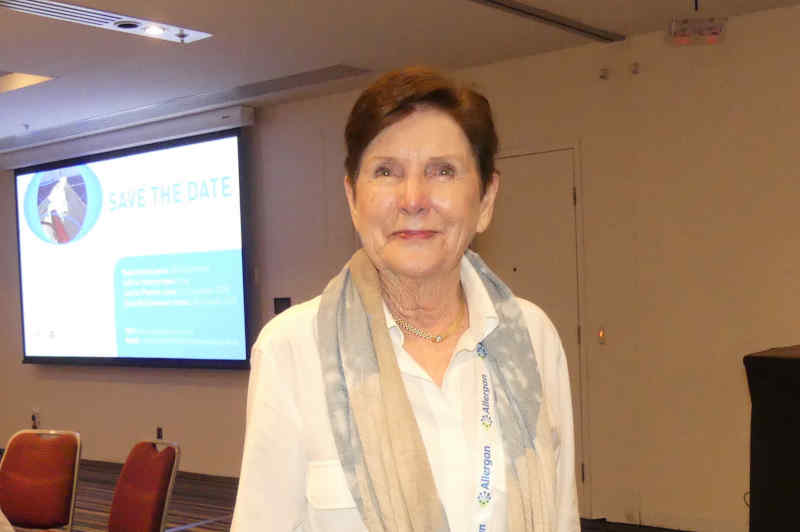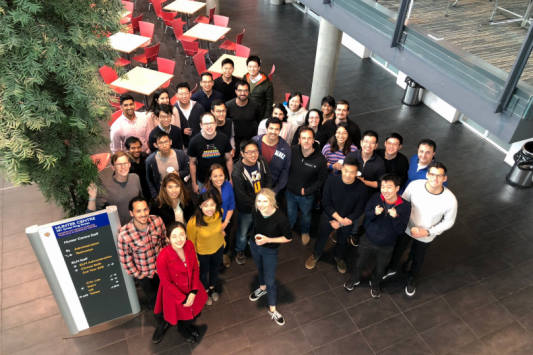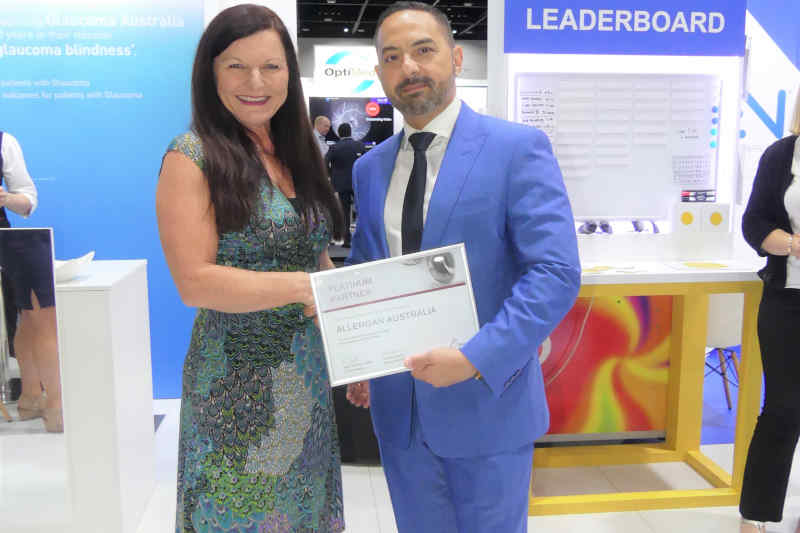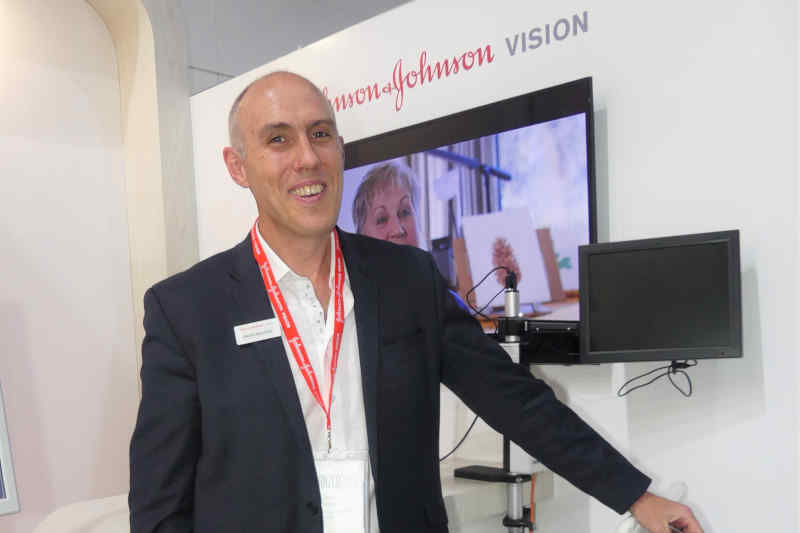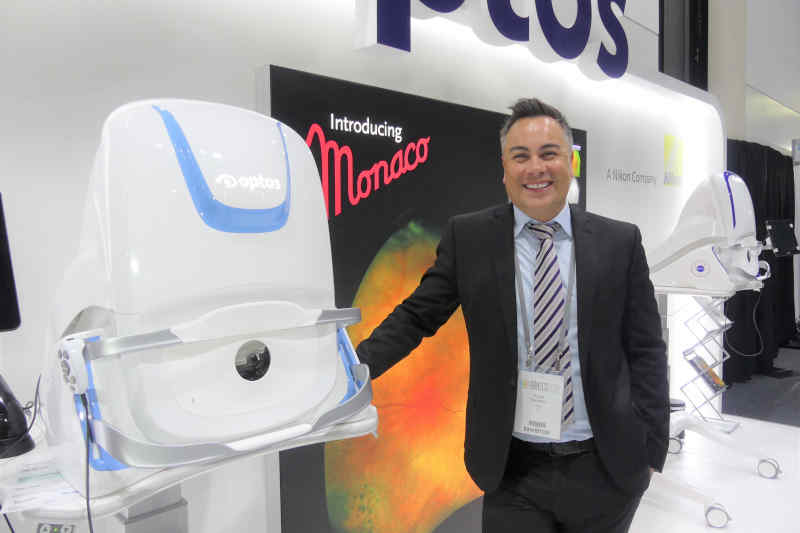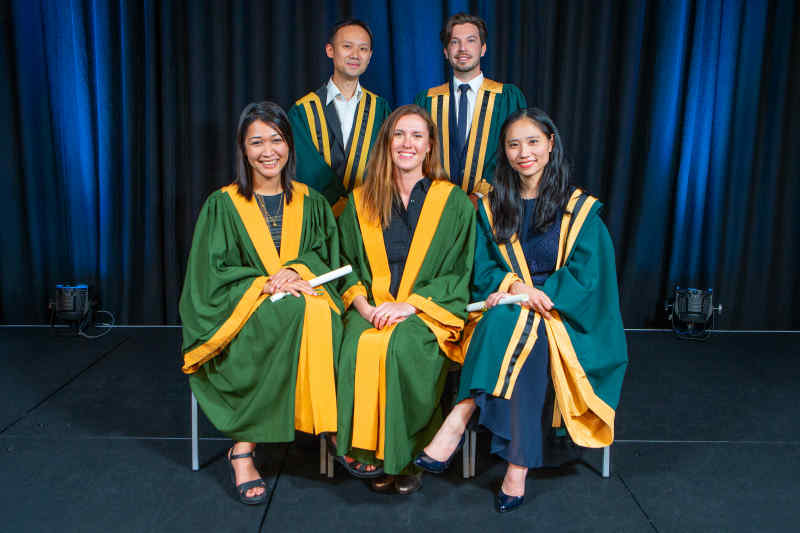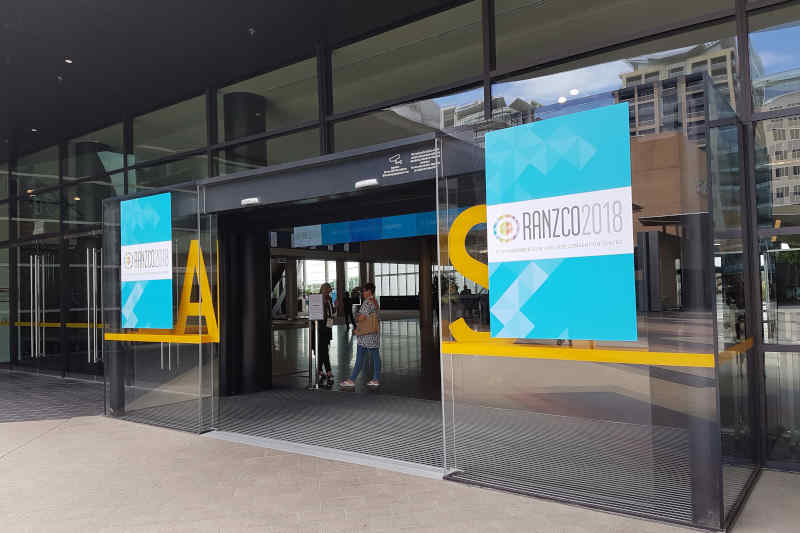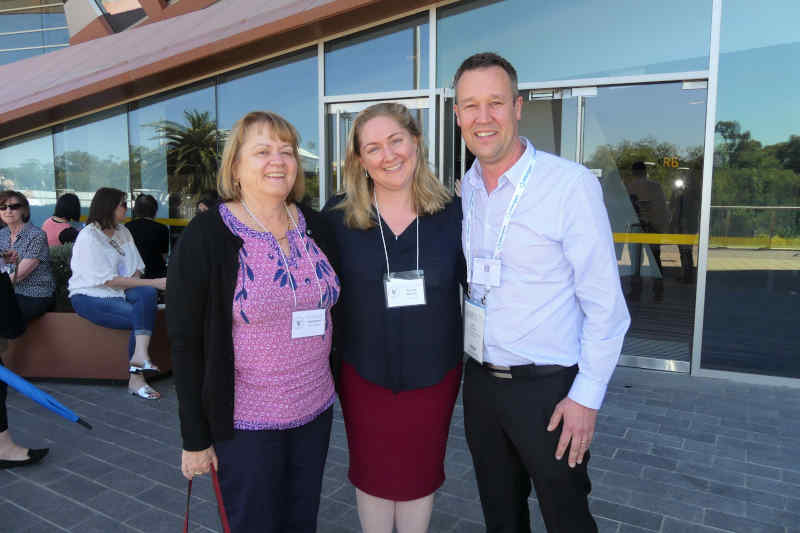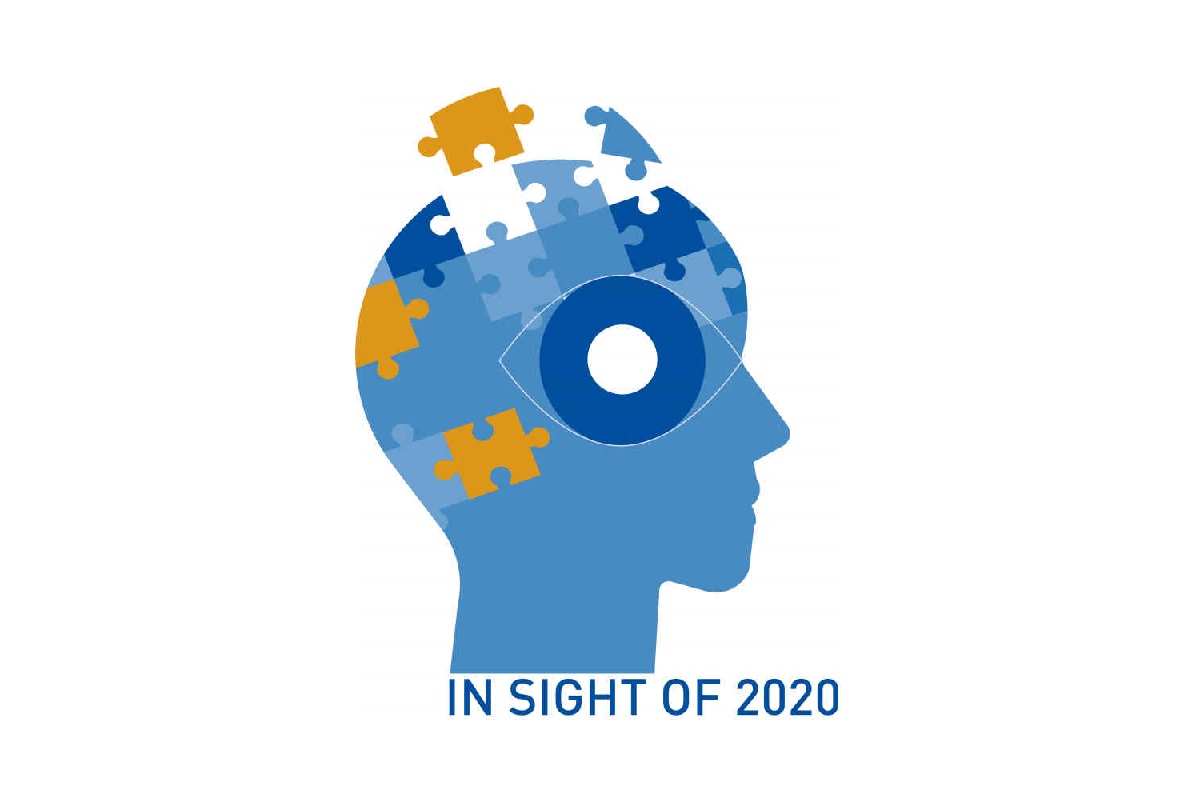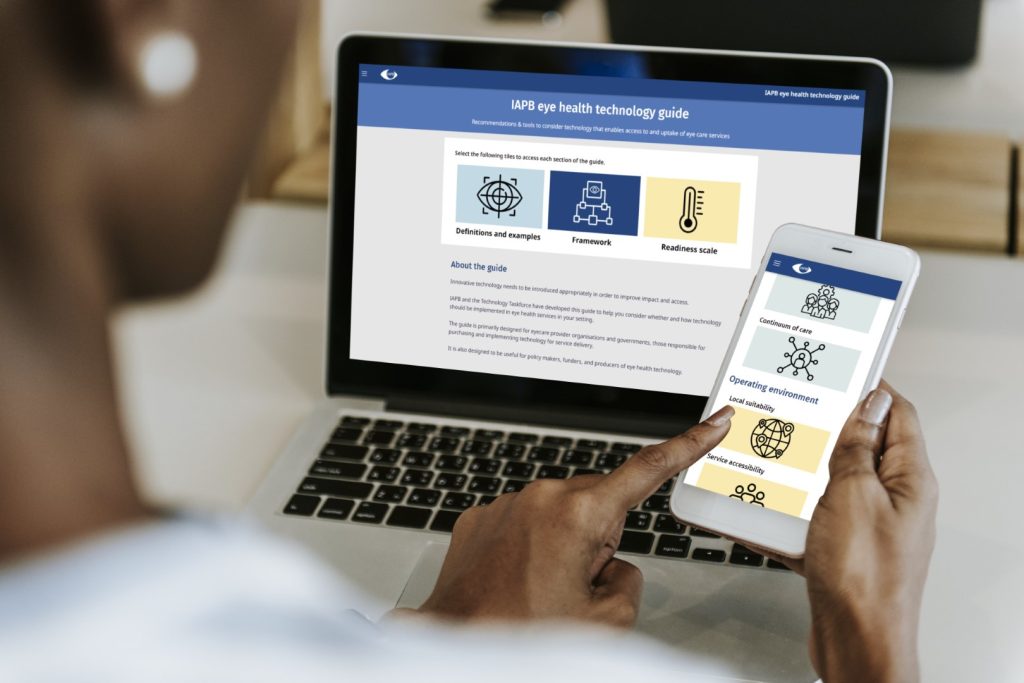The business of practice management
This year’s conference was held in the beautiful city of Adelaide and was well attended with 130 delegates from around Australia and New Zealand. The programme was extremely full with a great selection of speakers across the three days.
Day One started with the AGM then straight into the morning session which covered a panel discussion on practice accreditation, KPIs and financial matters for ophthalmology practices, while the afternoon covered various HR topics. David Wenban, a popular Australian speaker and managing director of the Australian Health Industry Group (AHIG), once again provided answers to some tough topics, including the art of delegation, supervising clinical staff and setting and managing professional boundaries. He stressed the importance of a code of conduct that articulates the values of the practice and can be used for any performance management issues and reminded us to include rules for social media use in this code and to explain to staff why they should not add patients as ‘friends’ on any of their social media channels. He then closed the session with a lively question and answer session.
Day Two was kicked off with an address from Brett Miller, the Australian Association of Practice Management (AAPM) Practice Manager of the Year in 2017. He spoke about motivating your team for the year ahead and his many years’ experience growing and managing a dental practice. The morning closed with excellent presentations by Prashiba Thavarajedeva, on benchmarking and KPIs and qualifying improvements in your healthcare setting, and Natassja Wynhorst and Kim Struthers on patient flow when designing or re-designing your practice. Of particular note, was the session on KPI and benchmarking which provided many ideas of things practices could and should measure. For example, referrals and surgeries per month; complication rates; patient satisfaction levels; new patient numbers per month; total patient visits per day, week, month; did-not-attends (DNAs) and cancellations; the cost to acquire a new patient overall and per marketing channel; and per patient visit value by doctor and average visit value.
In the afternoon, key topics included privacy matters and privacy law reform in Australia, which noted that similar changes are coming to New Zealand, an update on practice accreditation from My Practice Hub and Medical Marketing, and presentations from Medicare and Zeiss, which discussed practice building through integrated diagnostics in the digital age.
Day Three started with an interesting presentation from Colleen Sullivan, author of Successful Practice Management: Exceeding Patient Expectations, about customer service and working with different generations. She discussed the difference and importance of patient engagement and experience, explaining how it’s the latter that can really make a difference to your practice. “We need to understand their challenges... communication is key with your staff and with your patients.” She also urged us to watch “Matthew Ames – a patient experience,” where Ames relates his experiences after contracting streptococcus resulting in toxic shock leading to the loss of all four of his limbs at age 39.
Environmental sustainability was tackled next in a presentation by Bradley Keam from Baxter Healthcare, who highlighted some of the changes Baxter has made to the services they offer to lessen its own environmental footprint, including focusing on waste and water management. The company has also introduced renewable and environmentally-friendly processes and recycled materials in their facility upgrades and new buildings, and offers PVC recycling to hospitals. Compared with incineration, recycling a PVC IV bag reduces carbon emissions by 77%, said Keam, adding that 55 hospitals in Australia and New Zealand have now signed up for the PVC recycling programme.
The morning session closed with another well received and informative session from Danny Hayden, the past president of AAPM, who spoke on high-performing practices and the 10 Pillars of practice management, including the importance of taking time out, away from the practice at least once a year for strategic planning.
After lunch we separated into two groups, one for the Australians and one for the New Zealanders so we could hear updates from our own country's macular degeneration (MD) advocates. Phillippa Pitcher, general manager of MDNZ, updated us on MDNZ’s many activities and shared some great resources they have available, reminding us MDNZ is a charity which relies on our support, and the support of our doctors, who should be encouraged to become members.
Back together again for the final sessions of the afternoon, we were given an update on RANZCO’s quality improvement programme, Nucleus, and getting started with My Health Record which was primarily aimed at the Australian practitioners. Scott Bell from Nexus Hospital closed the conference with a presentation on improving your practice’s bottom line.
There was a lot of Australian content again this year, but we did initiate a session just for the New Zealand contingent and plan to repeat this next year. We have two more New Zealand representatives on the Practice Managers’ organising committee which is great and we hope to see something organised for Practice Managers for the RANZCO New Zealand Branch meeting in May in Auckland.
Deb Boyd is chief executive of Auckland Eye, a board member of The Blind Foundation and Health Infomatics NZ (HiNZ) and a member of RANZCO’s Practice Manager Associates committee.










